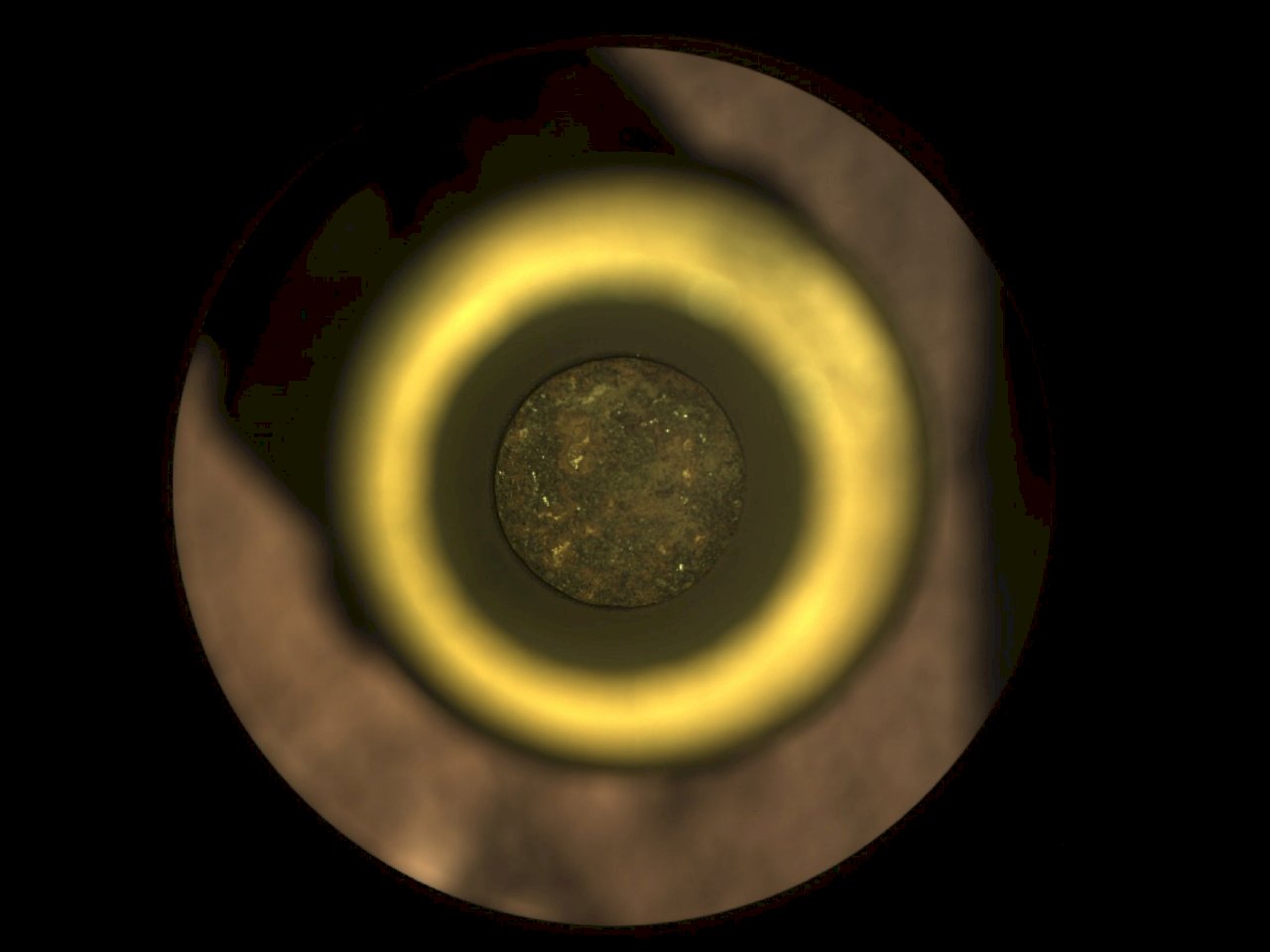The National Aeronautics and Space Administration (NASA) confirmed on the 6th that the Mars rover “Perseverance” (Perseverance) successfully collected the first rock sample, which will be brought back to Earth for scientific research in future missions.
NASA tweeted: “I got it!” The picture is a picture of a core that is placed in a sampling tube and is thicker than a pencil.
The collection date was on the 1st of this month, but NASA was not sure at first whether Perseverance successfully grasped this precious sample, because the original image was taken under poor light conditions and it was not clear.
The mission control center confirmed the content after re-shooting, and then Perseverance moved the sampling tube to the rover for further measurement and imaging, and then sealed the sampling tube. NASA Administrator Bill Nelson said in a statement: “This is a major achievement, and I can’t wait to see the amazing discoveries made by Perseverance and our team.”
NASA Assistant Administrator Thomas Zurbuchen, who is in charge of the scientific program, compared the results with the first samples of lunar rock that are still invaluable to researchers.
The British Broadcasting Corporation (BBC) pointed out that this is a historic moment. This sample is the first time in human history that a rock mass has been collected on another planet and will be sent back to Earth for study in the future.
The Perseverance’s sampling and access system is the most sophisticated mechanical device that humans have ever sent to space, with more than 3,000 components.
Perseverance’s first collection target was a briefcase-sized rock nicknamed “Rochette” (Rochette) on a ridge; that ridge contains ancient exposed rock beds, which is particularly meaningful from a geological point of view.
At the end of Perseverance’s approximately 2 meters long robotic arm, there is a drill bit and a hollow core drill bit that can be used to collect samples.
After taking out the core, the rover will shake the drill bit and sampling tube for one second, a total of 5 times. This method is called “knock storage”, the intention is to remove the residual material on the edge of the tube and let the sample slide into the tube.
Perseverance landed on Mars in February this year, with the purpose of looking for signs of ancient microbes and exploring the geology and past climate of Mars. The first phase of the scientific mission of Perseverance will last for hundreds of solar or Martian days, and it will be completed when it returns to the landing site. By then, the Perseverance will have a moving distance of 2.5 kilometers to 5 kilometers, and the 43 sampling tubes should also be filled with 8.
Next, Perseverance will head to the triangle area of Jezero Crater, which may be rich in clay minerals. On the earth, such minerals can preserve the relics and relics of ancient microbial activities.
NASA eventually hopes to bring the samples collected by Perseverance back to Earth in a joint mission with the European Space Agency, which will be in the 2030s.
Perseverance tried to collect samples last month, but it was unsuccessful because the rock texture was too brittle at the time to withstand the drill bit power of the robotic arm.
.
